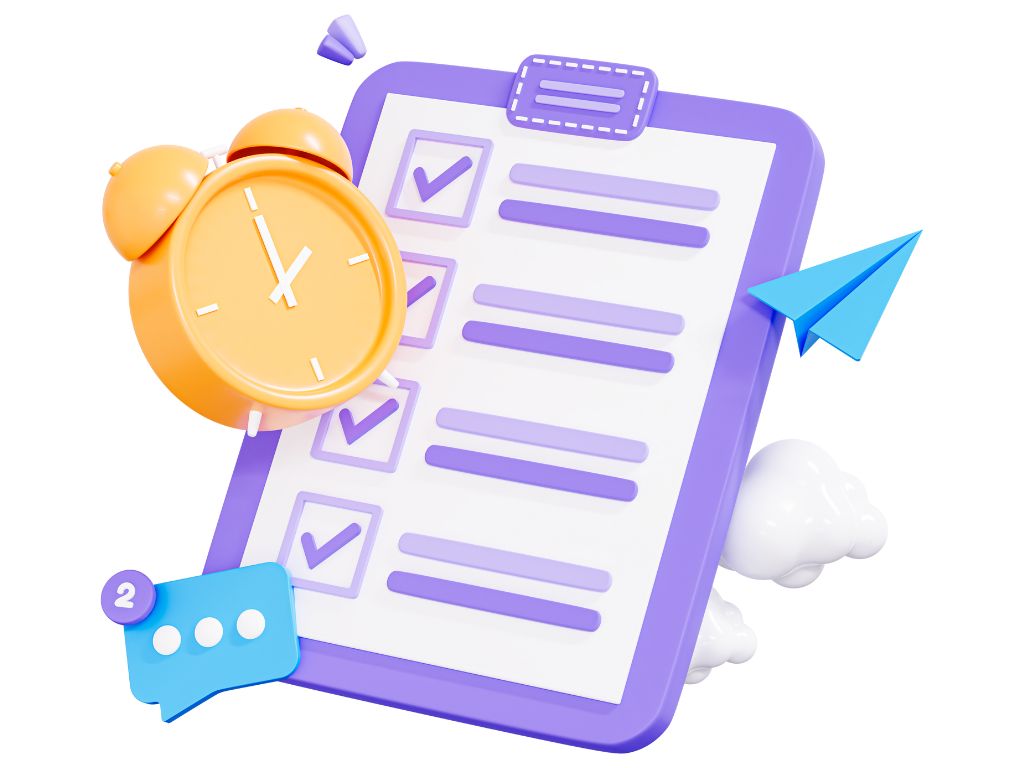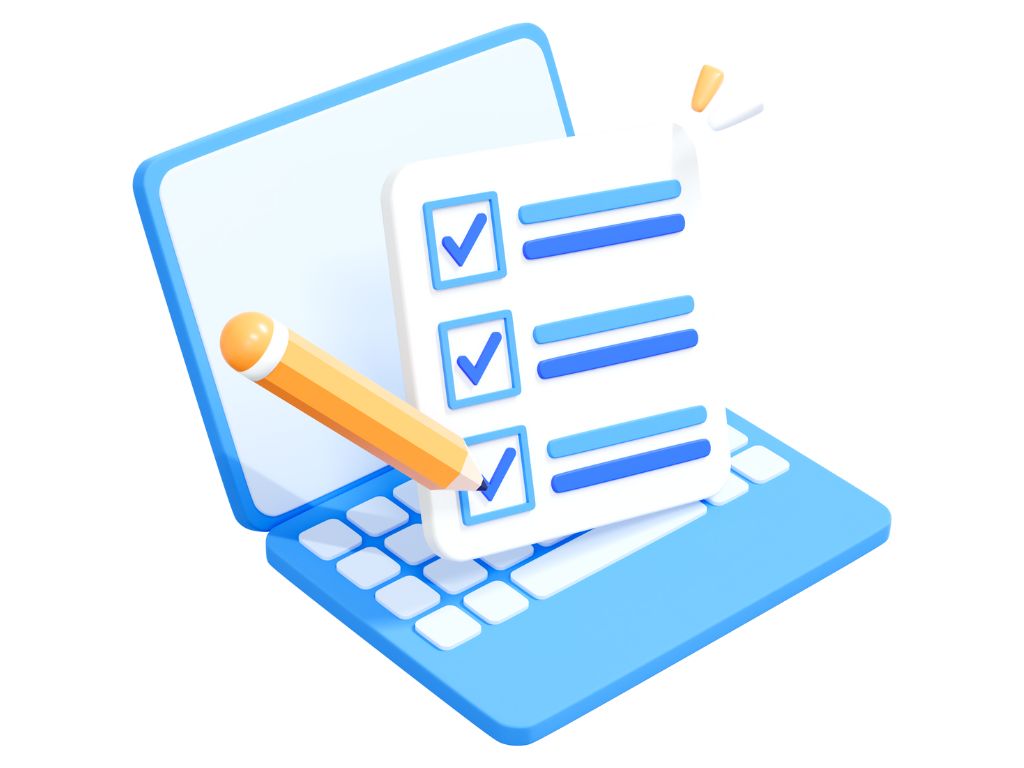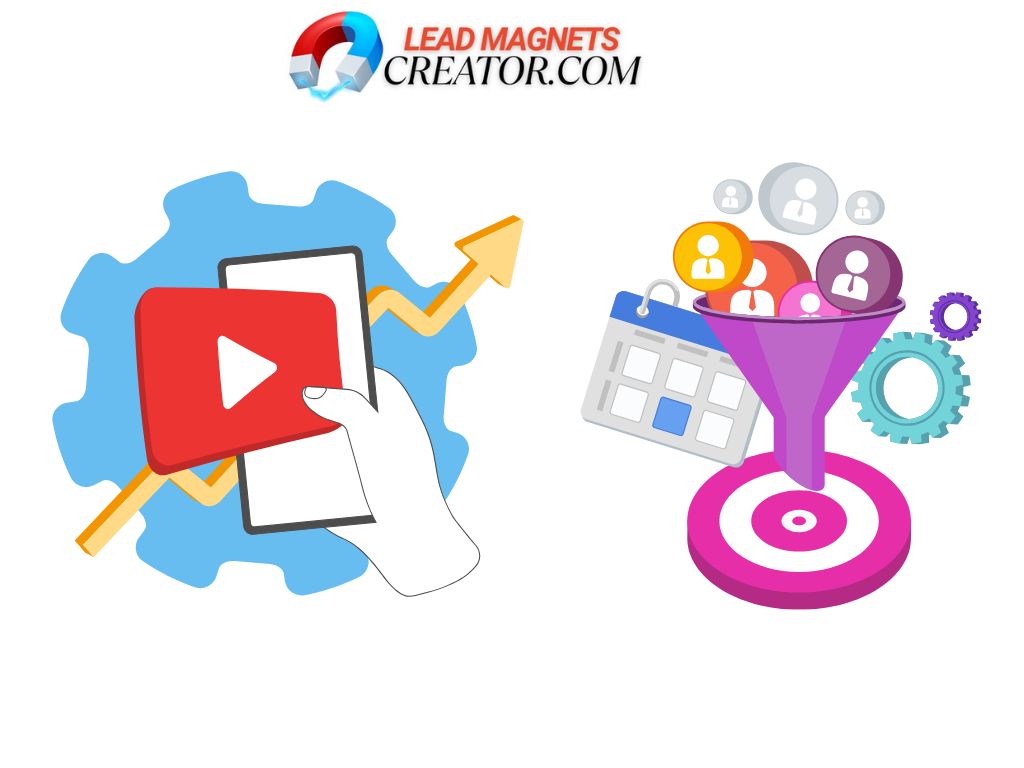Lead Generation Checklist: A Step-by-Step Guide
Introduction: Setting the Stage for Success
In today's fast-paced digital landscape, mastering lead generation is crucial for your business's growth and sustainability.
It's not merely about identifying potential customers; it's about engaging them meaningfully, nurturing their interests, and guiding them seamlessly through your sales funnel.
Whether you're a novice or a seasoned marketer refining your strategy, this guide will help you transform prospects into loyal customers. Let's dive in and uncover the magnetic pull of effective lead generation!
1. Define Your Ideal Customer Profile
Understanding your audience is the cornerstone of successful lead generation. Start by identifying key demographics such as age, gender, and income level. Delve deeper to uncover interests and hobbies that align with your brand. Consider the daily pain points your ideal customer faces. These insights will shape your communication and engagement strategies.
Utilize data analytics tools like Google Analytics to gather insights. This tool helps you identify patterns in user behavior on your website. The more precise your customer profile, the better you can tailor your marketing messages. The result? A strategy that resonates with your audience on a personal level.
Take inspiration from Spotify's playbook. They prioritize personalization by focusing on user preferences. This approach not only enhances the customer experience but also boosts engagement. By following their example, you can create a strategy that attracts and retains a loyal customer base. A clear understanding leads to effective communication, so make this step your priority.
2. Build a Value-Driven Offer
Creating an irresistible offer is pivotal in capturing your audience's attention. Develop lead magnets that promise real value. Consider crafting eBooks, hosting webinars, or offering exclusive content tailored to your audience’s needs. Each piece should directly address a problem your potential customers face or fulfill a specific need they have.
A strong, value-driven offer pulls your audience in, transforming their interest into concrete action. It's about more than just a catchy title; it's about genuine substance. Look to Dropbox for inspiration. They turned the simple incentive of additional storage space into a powerful referral strategy. By giving their users something they truly valued, they expanded their user base exponentially.
You, too, can create a compelling offer that speaks to your customers' desires. Focus on what makes your offering unique and valuable. When your audience sees the direct benefits, their curiosity will naturally turn into engagement, setting the stage for further interaction. Keep the value genuine, and the results will follow.
3. Create High-Converting Landing Pages
Your landing page is the epicenter of lead generation efforts. It must captivate at first glance, combining visual appeal with strategic layout. Start with compelling headlines that grab attention instantly. Follow them with clear calls to action that guide your visitors toward taking desired steps. Avoid clutter. Minimal distractions ensure that visitors focus solely on your offer.
Speed is of the essence. A landing page optimized for quick load times and mobile responsiveness caters to user expectations and accessibility. Quicken Loans leads by example. Their landing pages simplify complex mortgage processes with user-friendly designs. Their strategy involves breaking down daunting tasks into easy interactions, ensuring higher conversion rates.
Model your landing pages on these principles. Craft them to be visually striking yet functional. Tailor the experience for all devices, leaving no customer behind. Keep the user journey smooth, and watch as your conversion metrics climb. Your landing page isn’t just a stop; it’s the starting point of an engaging customer relationship.
4. Leverage Social Media Strategically
Social media serves as a powerful tool for connecting with your audience. To maximize its potential, start by selecting platforms where your ideal customers spend their time. Whether it's Instagram, Facebook, or TikTok, your choice should be dictated by where your audience is most active.
Craft your content to be engaging and shareable. Strive for posts that evoke emotion, encourage conversation, and inspire action. Aim for likes, comments, and shares. These interactions are not only valuable for engagement metrics but also expand your reach organically.
Consider hosting interactive experiences like live sessions. These events boost your visibility and provide real-time interaction. Airbnb does this brilliantly by capitalizing on user-generated content on Instagram. Stunning photos from users become valuable marketing assets, attracting new leads through authentic storytelling.
With social media, strategy is king. By knowing your audience and delivering content they love, you tap into an endless pool of opportunities. Keep the content creative, the interactions genuine, and the results will speak for themselves.
5. Implement SEO Best Practices
Search engine optimization is your gateway to online visibility. Start by targeting keywords that resonate with what your audience is searching for. Integrate these terms naturally into your content, so it flows seamlessly and attracts the right viewers.
Optimizing your website's backend is crucial. Pay attention to details like meta tags and image alt text, which help search engines understand your content's purpose and relevance. These small tweaks can have a significant impact on how your site performs in search rankings.
Consider a strategic SEO plan, much like Neil Patel's approach. He effectively leverages blog content to drive organic traffic, broadening his website's reach and attracting qualified leads. By consistently publishing valuable, keyword-rich content, he pulls in an audience eager for his insights.
SEO isn't just technical; it's strategic. By melding optimized content with user intent, your site can climb search rankings and draw the audience you want. Stay current with best practices and continually refine your approach for long-term success.
6. Harness the Power of Email Marketing
Despite the buzz around social media, email marketing holds its ground as a mighty tool in your arsenal. Begin by crafting personalized emails that deliver value and cater to every stage of your customer's journey. Customization is key. Tailor your messages to match each segment's unique needs and preferences.
Segmentation is a game-changer. By dividing your email list into smaller, targeted categories, you ensure that your messages hit the mark every time. This specific approach allows you to engage more meaningfully with each audience group.
HubSpot showcases the art of email marketing with their multi-tiered campaigns. Their strategy is designed to re-engage subscribers who have been inactive while simultaneously nurturing the active ones. By doing so, they maximize engagement and foster a strong, loyal customer base.
Effective email marketing combines personalization with strategy. Stay focused on delivering relevant content and watch your email list turn into a powerful tool for building relationships and driving conversions. The direct route to your audience is through their inbox make it count.
7. Use Paid Ads Wisely
Paid advertising holds the power to supercharge your marketing efforts if wielded correctly. Begin your approach with platforms like Google Ads or Facebook, known for their precise targeting capabilities. These tools allow you to ensure that your ads reach the right people at just the right time.
Experiment with different ad variations and headlines. Testing is crucial. It reveals what resonates most with your audience and which elements convert best. Use this data-driven approach to refine your campaigns over time.
Measuring ROI is key to paid advertising success. Look to Mailchimp's targeted ad strategy as an example. They focus on stretching their reach to untapped audiences while ensuring every dollar spent is accounted for in results.
Use paid ads to explore new ground, find fresh eyes, and expand your audience reach. The right strategy turns every click into an opportunity and each impression into potential growth. With careful management, paid ads become a pivotal part of your lead generation arsenal.
8. Engage in Continuous Testing & Optimization
Lead generation is not a set-and-forget operation. Embrace the dynamic nature of your strategy by engaging in continuous testing and optimization. Utilize A/B testing on elements like landing pages, CTA buttons, and email subject lines. This approach allows you to pinpoint exactly what resonates with your audience.
Regularly revisiting your tactics ensures you're responsive to ever-changing market trends. Companies like Amazon have perfected this practice. Their obsession with testing and optimizing every aspect of the customer journey helps them boost conversion rates consistently.
Keep your strategies flexible and adaptive. With continuous testing, you gain valuable insights that drive improvement and growth, ensuring your lead generation efforts remain effective and profitable.
9. Track and Analyze Your Results
Monitoring and analyzing data is crucial for understanding what works in your lead generation efforts. Using tools like Google Analytics empowers you to observe patterns and trends, offering a clear picture of performance. Dive into metrics to see what's driving traffic and what's causing friction.
A data-driven approach shapes future strategies, pinpointing areas ripe for improvement. Netflix excels in this realm by leveraging analytics to predict customer preferences. They use these insights to craft tailored content, ensuring steady subscriber growth.
Embrace analytics as your road map. By tracking results closely, you gain a deeper understanding of your audience, enabling you to refine campaigns and achieve better outcomes.
10. Cultivate Relationships for Conversion
Building strong relationships is the cornerstone of long-term success in lead generation. Engage your audience with genuine, sincere interaction. Consistent value must be part of every communication. Be transparent in your approach to establish trust and credibility.
Utilize CRM tools to effectively manage interactions and gain a better understanding of your customer's journey. These tools help you tailor your messaging and offer personalized experiences, enhancing the overall engagement.
Apple's steadfast focus on community and brand loyalty showcases the power of excellent relationship management. They transform leads into lifelong fans through commitment and care. Follow their lead by nurturing your audience. When you cultivate relationships, you don't just close sales; you forge lasting connections that endure.

Conclusion: Transform Leads into Loyal Customers
With your roadmap in hand, you're all set to amplify your lead generation efforts. Each step paves the way for converting leads into loyal customers.
Stay adaptable, stay informed, and keep refining your strategy. Remember, conversion is not the end; it's the start of a lifelong customer relationship. The journey is just beginning. Onward to continued success!
By expanding on these strategies and incorporating real-world examples, this guide aims to provide you with a comprehensive toolkit for effective lead generation. Embrace these insights, and watch your business thrive in the competitive digital landscape.
Next: Read our Lead Magnet Ideas Guide.

